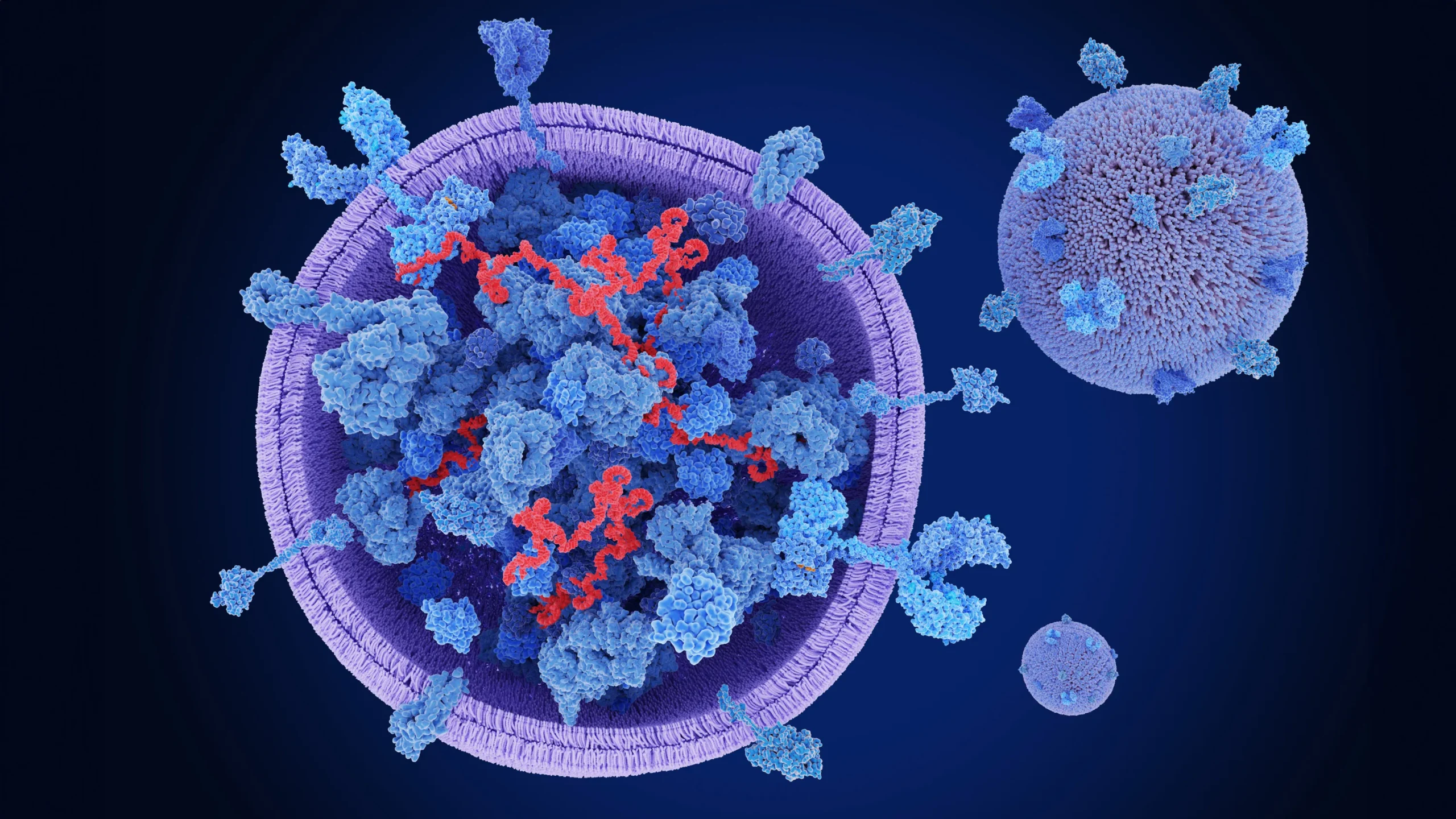Tim McGraw Hair Loss? Hair loss is a common concern for many people, and it has even affected some of the most recognizable faces in the entertainment industry. Tim McGraw, a country music legend known for his energetic performances and good looks, has also faced challenges with hair thinning over the years. This article takes …
Tim McGraw Hair Loss? Hair loss is a common concern for many people, and it has even affected some of the most recognizable faces in the entertainment industry. Tim McGraw, a country music legend known for his energetic performances and good looks, has also faced challenges with hair thinning over the years.
This article takes a deep dive into Tim McGraw’s hair loss journey, exploring the possible causes, treatment options, and what his experience can teach those facing similar issues. We’ll also cover expert tips for hair recovery, including the latest treatments, recovery timelines, and more.

Why Tim McGraw Hair Loss Matters to Fans
Fans of Tim McGraw have closely followed his career, from his rise to stardom to his personal life. Along with his music, McGraw’s image has been a significant part of his brand. When celebrities like McGraw experience hair loss, it sparks curiosity and concern among their audience. After all, if someone with access to the best hair treatments and stylists can’t stop hair loss, what hope does the average person have?
Tim McGraws Hair Loss Journey: A Public Concern
As a public figure, McGraw’s appearance has been under the spotlight for years. Hair loss, often considered a natural part of aging, became a topic of discussion when McGraw began showing signs of thinning hair. His struggle with male pattern baldness, like many others, has shed light on the condition and highlighted the emotional and psychological impact of losing one’s hair.
The Psychological Impact of Celebrity Hair Loss
For many, hair loss can affect self-esteem and confidence. Celebrities like McGraw may be able to mask the effects with professional styling, but they too experience the same feelings as regular people. McGraw’s hair loss journey has helped others feel more comfortable discussing their own hair thinning, reminding everyone that they are not alone.
Understanding Hair Loss: What Happened to Tim McGraw?

Hair loss can occur for various reasons, and it’s essential to understand the causes in order to find the right treatment. In McGraw’s case, it is likely a combination of genetic factors and aging. Let’s break down the potential causes of his hair thinning.
Genetics vs. Environmental Factors: The Role in Hair Thinning
Male pattern baldness (androgenic alopecia) is largely genetic. If your father or grandfather experienced hair loss, you may be more prone to it. Environmental factors like stress, diet, and lifestyle choices can also contribute. McGraw’s case is likely a result of a mix of genetics and perhaps external stressors related to his busy career.
Tim McGraw Hair Loss Transformation: Causes and Insights
In an interview, McGraw acknowledged his hair thinning and discussed his approach to maintaining a youthful appearance. For many, the first step to addressing hair loss is accepting it, but Tim McGraw’s story shows that solutions are available. His experience is a reminder that seeking medical advice early can help prevent further hair thinning and loss.
Male Pattern Baldness Explained: Is Tim McGraw Affected?
Male pattern baldness affects over 50% of men by the time they reach the age of 50. McGraw’s thinning hairline and crown spot suggest that he may have developed this condition. This form of hair loss generally begins at the temples and gradually moves backward, often resulting in noticeable bald spots.
Tim McGraw Hair Loss Treatment Options

Once Tim McGraw’s hair thinning became a visible issue, the next logical question is: What treatments are available for someone in his position? Hair restoration treatments have come a long way, and McGraw, like many others, may have sought help from medical professionals.
Hair Transplants: The Procedure Tim McGraw Might Have Considered
One of the most effective treatments for male pattern baldness is hair transplant surgery. A procedure like Follicular Unit Extraction (FUE) involves relocating healthy hair follicles to the thinning or bald areas. McGraw might have considered this option, given the effectiveness of transplants in celebrities and public figures.
Steroid Injections: A Quick Solution for Tim McGraw Hair Loss
Steroid injections can reduce scalp inflammation and promote hair regrowth. This treatment works by stimulating dormant hair follicles and reducing the symptoms of hair loss. McGraw may have used steroids to manage the initial stages of his hair thinning.
Medications and Topical Treatments forTim McGraw Hair Loss
Medications like finasteride (Propecia) and minoxidil (Rogaine) are widely used to prevent further hair loss and promote hair regrowth. These treatments can be used in conjunction with other therapies to slow down or even reverse hair loss in the early stages.
Natural Remedies and Lifestyle Changes to Improve Hair Health
In addition to medical treatments, lifestyle factors can play a significant role in hair health. A diet rich in vitamins and minerals, along with stress management practices, can improve overall hair growth. McGraw’s dedication to a healthy lifestyle may have contributed to maintaining his hair for as long as he did.
Recovery Timeline and What to Expect for Tim McGraw Hair Loss
After undergoing treatment for hair loss, it’s essential to understand the timeline for regrowth and how to care for your scalp. If McGraw did opt for a transplant or other treatments, he would have followed a recovery plan similar to most individuals who undergo hair restoration procedures.
How Long Does It Take for Hair Transplants to Show Results?
For a hair transplant, results are typically visible within 6 to 12 months. The transplanted hair will initially shed, but new hair will grow in its place. This timeline can vary depending on the individual’s response to the procedure.
Tips for Quick Recovery and Preventing Further Hair Loss
During the recovery process, it’s crucial to avoid activities that can stress the scalp, such as vigorous exercise or scratching the treated area. Wearing a soft hat to protect the scalp and following your doctor’s aftercare advice will help ensure the best results.
When Can You Resume Exercise and Sweating Post-Treatment?
It’s important to avoid sweating for the first few weeks after a hair transplant to prevent infection and irritation. A gentle return to exercise should be considered after the initial recovery phase, which is typically around 3-4 weeks. However, it’s always best to follow the recommendations of your healthcare provider.
Expert Tips for Managing Hair Loss and Post-Treatment Care

Hair recovery doesn’t stop at the procedure. Long-term care is crucial for maintaining hair health and maximizing treatment results.
Nutrition and Vitamins to Support Hair Health
Vitamins such as Biotin, Vitamin D, and Iron are essential for hair growth. A balanced diet that supports hair follicles is critical for long-term success after a hair restoration treatment.
Top Hair Care Products for Thinning Hair
Shampoos and conditioners designed for thinning hair can help create a healthy environment for your scalp. Products containing biotin or caffeine can stimulate hair growth, while gentle formulas help prevent hair damage.
Psychological Support and Boosting Confidence During Hair Loss Recovery
Hair loss can affect your self-esteem, so it’s important to seek support during recovery. Talking to a counselor or joining a support group can help manage the emotional impact of hair thinning or recovery after treatment.
FAQs
Is Hair Loss Common Among Celebrities Like Tim McGraw?
Yes, hair loss affects many people, including celebrities. Stress, genetics, and aging can all contribute to thinning hair.
What Are the Most Effective Treatments for Hair Loss?
Hair transplants, steroid injections, and medications like finasteride and minoxidil are some of the most effective treatments.
How Long Does It Take to Recover After a Hair Transplant?
Recovery typically takes about 6 to 12 months to see the final results. The healing process takes several weeks, but full regrowth takes longer.
Can I Prevent Hair Loss with Lifestyle Changes?
While lifestyle changes won’t stop genetic hair loss, a healthy diet and stress management can slow down the process and improve hair health.
Conclusion: Embracing the Journey of Hair Recovery
Tim McGraw’s journey with hair loss serves as an inspiration to those dealing with similar concerns. Whether you’re considering a hair transplant or exploring other options ,Book your Consultation now with Dr Uzma Irfan An IHSRS certified Surgen in Islamabad Today. Don’t hesitate to take control of your hair health and regain your confidence.






